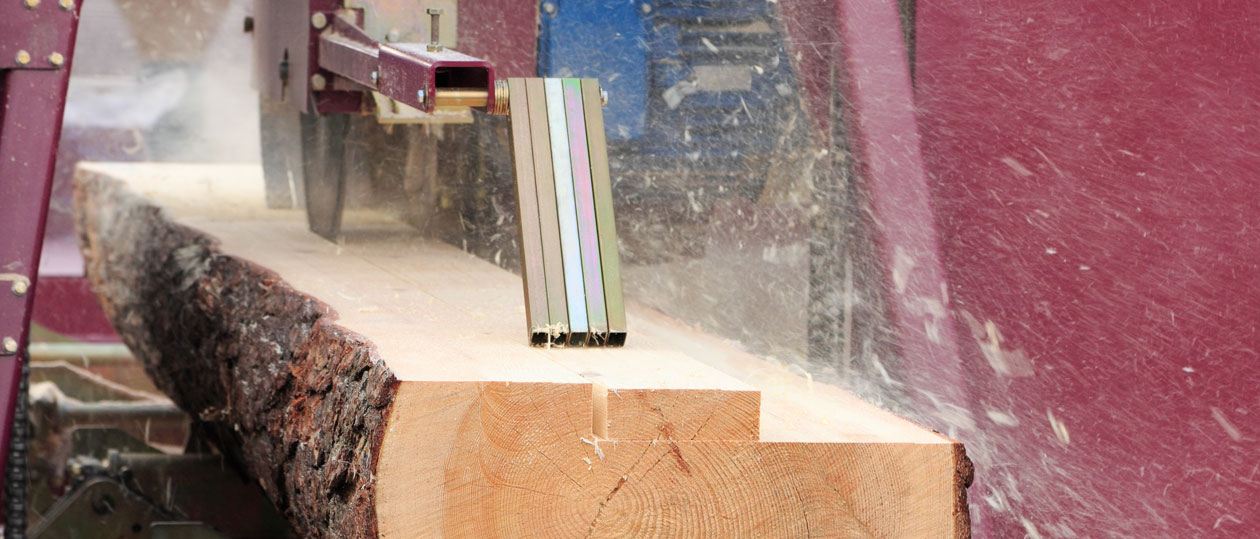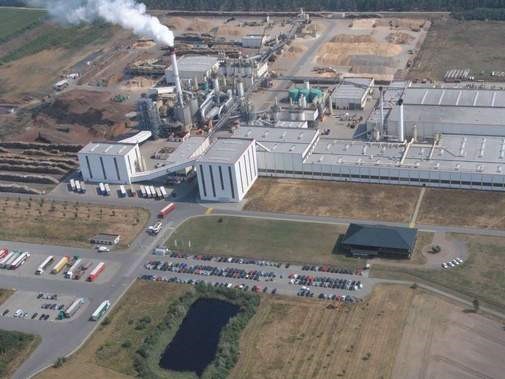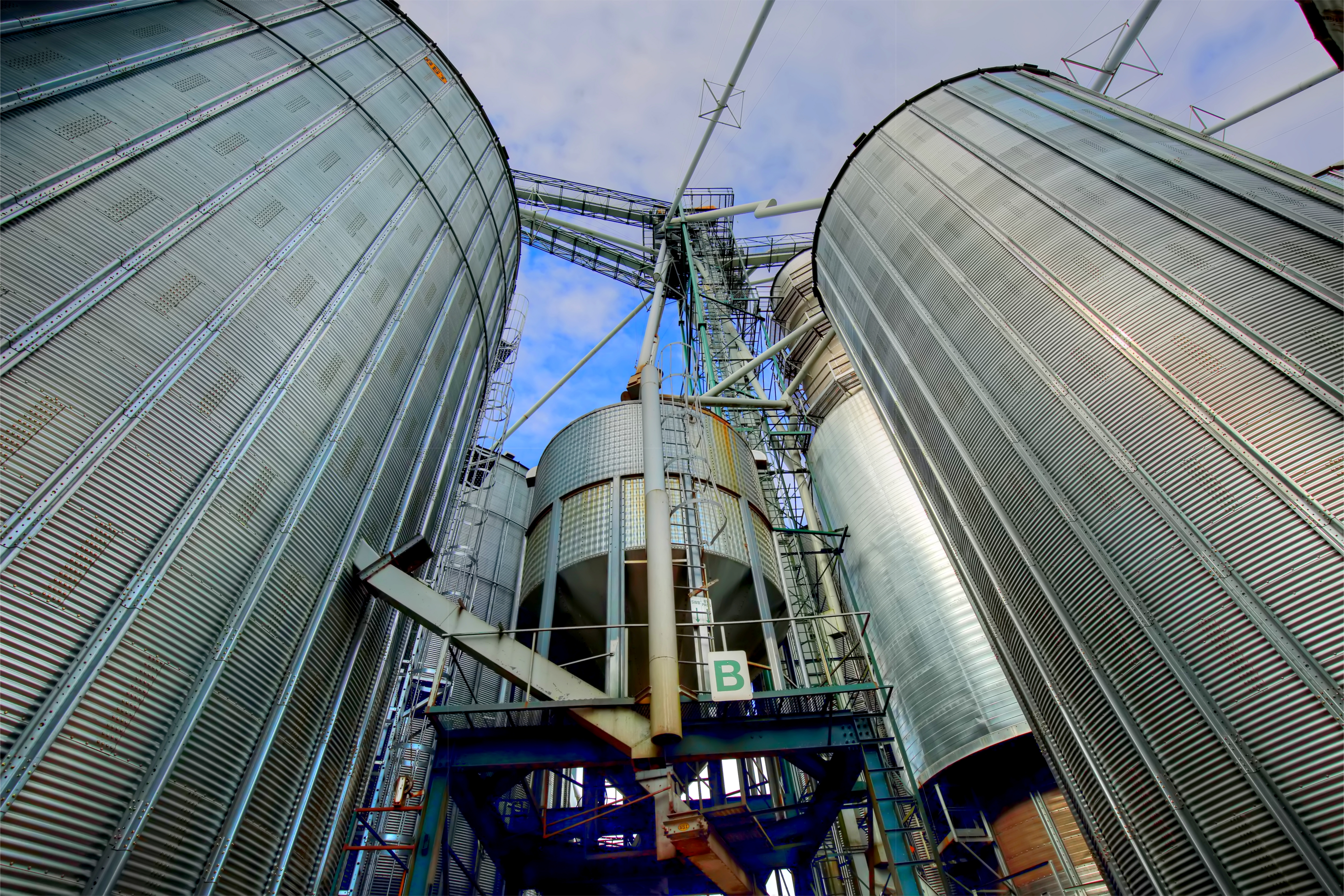Search
Food Ingredients; explosibles that make you think

October 2019
Last month (September 2019) in the sleepy Dutch town of Wijhe, an explosion occurred at the Arva Spice factory. The explosion, which left 3 people injured and taken to hospital, was reportedly caused by a blockage in an herb grinder (ref 1). It appears as though the blockage led to heat accumulation and product fire and it seems likely that it was the fire that initiated the explosion of the herb dust/powder. The combustible dust explosion caused a pressure rise inside the building which dislodged sections of the building façade. A roller door was also removed from its mounts. The fire was extinguished by the local fire service.
Arva undertake operations that would be recognized by many food ingredient manufacturers. They process raw materials such as herbs and spices by grinding, mixing, packaging and distributing them. Indeed, back in September 2016 at High Quality Organics at Stead near Reno, Nevada, an incident (ref 2) with significant similarities took place. There, the herb oregano was being milled when a fire and explosion occurred in a grinding hopper. Again, the fire service was in attendance to extinguish the fire. Fortunately, in Reno, no one was reported as being injured.
The damage at the Reno facility seems to have been less than that in the Netherlands but the source and effects of the ignition were similar; so, it’s worth a look at what could be going on when herbs and spices (and other food ingredients) are milled.
The Dust Hazard Analysis (DHA)
Milling in general is a high-energy process. Electrical energy is converted to mechanical energy in the mill to effect size reduction of the ingredients. But if anything goes wrong in the mill and if no action is taken, the mechanical energy can be converted to heat energy. A blocked or overloaded mill, for example, could heat the product to its self-heating temperature, at which point thermal runaway and fire can result. Alternatively, mill bearings could overheat, and even foreign objects can enter the mill and result in friction or impact sparking inside the mill itself; all potent sources of ignition.
Creating an ignition source is always to be avoided, but some food ingredients are particularly sensitive to ignition through self-heating or to impact and friction sparks. Fortunately, dust combustibility tests can be undertaken that will search out powders and dusts that are prone to such ignition sources so that appropriate precautions can be taken when processing. These tests include thermal stability tests, ignition temperature and ignition energy tests. Armed with such stability and combustibility data, a DHA (Dust Hazard Analysis) can be performed on powder handling plant with a view to establishing a clear basis for safe operation; and also ensuring that if something does go wrong, both personnel and plant are well protected. All this in accordance with NFPA 652 Standard on the Fundamentals of Combustible Dust.
Precautions that can be taken on mills include regular maintenance, temperature sensors capable of initiating shutdown, and screening for foreign objects in the feed. Explosion protection measures for the downstream receiving/storage vessels and equipment include explosion relief venting and explosion suppression. In extreme cases, even milling under an inert gas can be used. The best decisions on explosion prevention and protection can be made once a Dust Hazard Analysis (DHA) is complete – and that Dust Hazard Analysis (DHA) should best be guided by the fire and explosion properties of the ingredients being milled.
For more information on Dust Hazard Analysis (DHA) according to NFPA 652 click here. For more information on laboratory testing for dust combustibility/ explosion properties click here.
References:
- Netherlands explosion: https://www.rtvoost.nl/nieuws/318209/Drie-gewonden-bij-explosie-in-Wijhe
- Nevada explosion: https://mynews4.com/news/local/reno-fire-responds-to-dust-explosion-at-spice-manufacturing-building-in-stead

Get in touch
To learn more about our expertise and services in dust explosion prevention & mitigation, call us at +1 609 455 0001 or email us at [email protected] today.
We also offer tailored virtual and in-company process safety training programs on Dust Explosions, Static Electricity and HAC (Hazardous Area Classification) and more. Find further information here.











